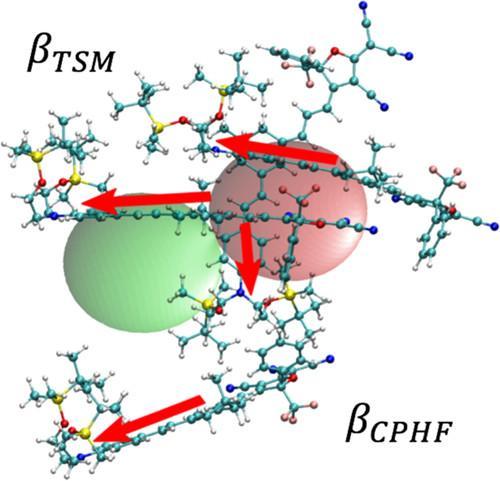Aleksey's paper is published in the Journal of Physical Chemistry C.

In this manuscript, we examine the role of excitonic interactions on the first hyperpolarizability for disordered aggregates of highly polar chromophores in close proximity (with high number density). Disordered chromophore aggregates have applications in a variety of organic materials, including photovoltaics and nonlinear optics, and having a method that can accurately predict the nonlinear optical properties of these materials is key to their optimization. We compare the hyperpolarizability computed with a variety of methods based on either the coupled perturbed equations or the two-state model expression. These comparisons allow us to systematically examine the role of various contributions to the first hyperpolarizabililty of chromophore aggregates, including geometry changes of the chromophores, polarization and excitonic interactions between chromophores, and higher lying states beyond the dominant bright transition.
Overall, we find that excitonic interaction tends to decrease the first hyperpolarizability of chromophore aggregates, by an average of ~13% for systems of tetramers up to decamers. By analyzing the chromophores in different relative orientations, we show that this decrease is due to repulsive interchromophore coupling that occurs for most orientations. Only the “head to tail” configuration leads to excitonic enhancement of the hyperpolarizability.
As a step toward establishing a method for the computation of a ‘bulk’ first hyperpolarizability / measure of the electro-optic effect of a material that accounts for inter-chromophore interactions in a disordered system, we assess the use of the molecular exciton approximation to parametrize the two-state model expression. Unlike the more rigorous coupled-perturbed equations that are limited to a few chromophores, the use of the molecular exciton approximation can be applied to many hundreds of chromophores, allowing researchers to bridge molecular and bulk level understanding.
